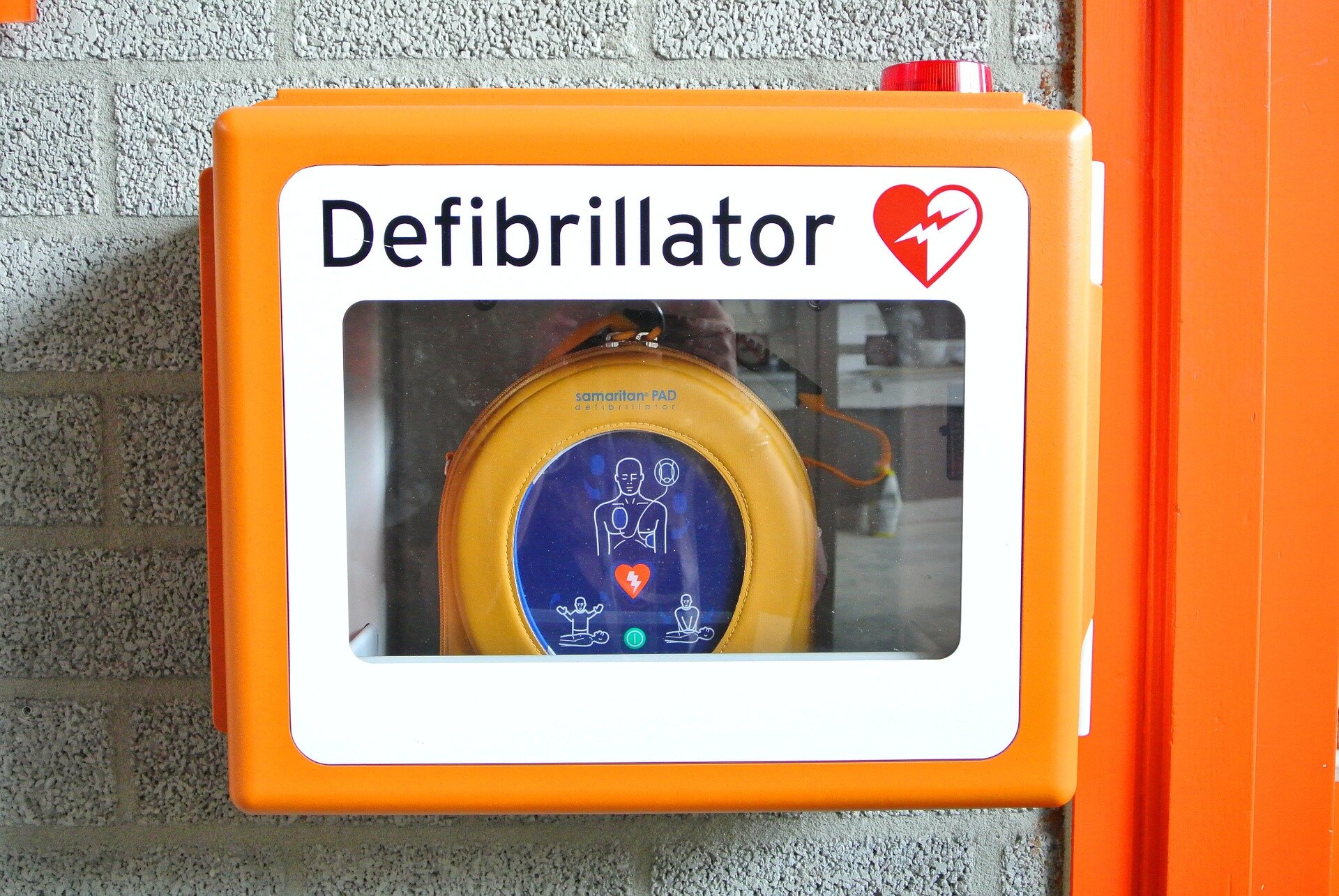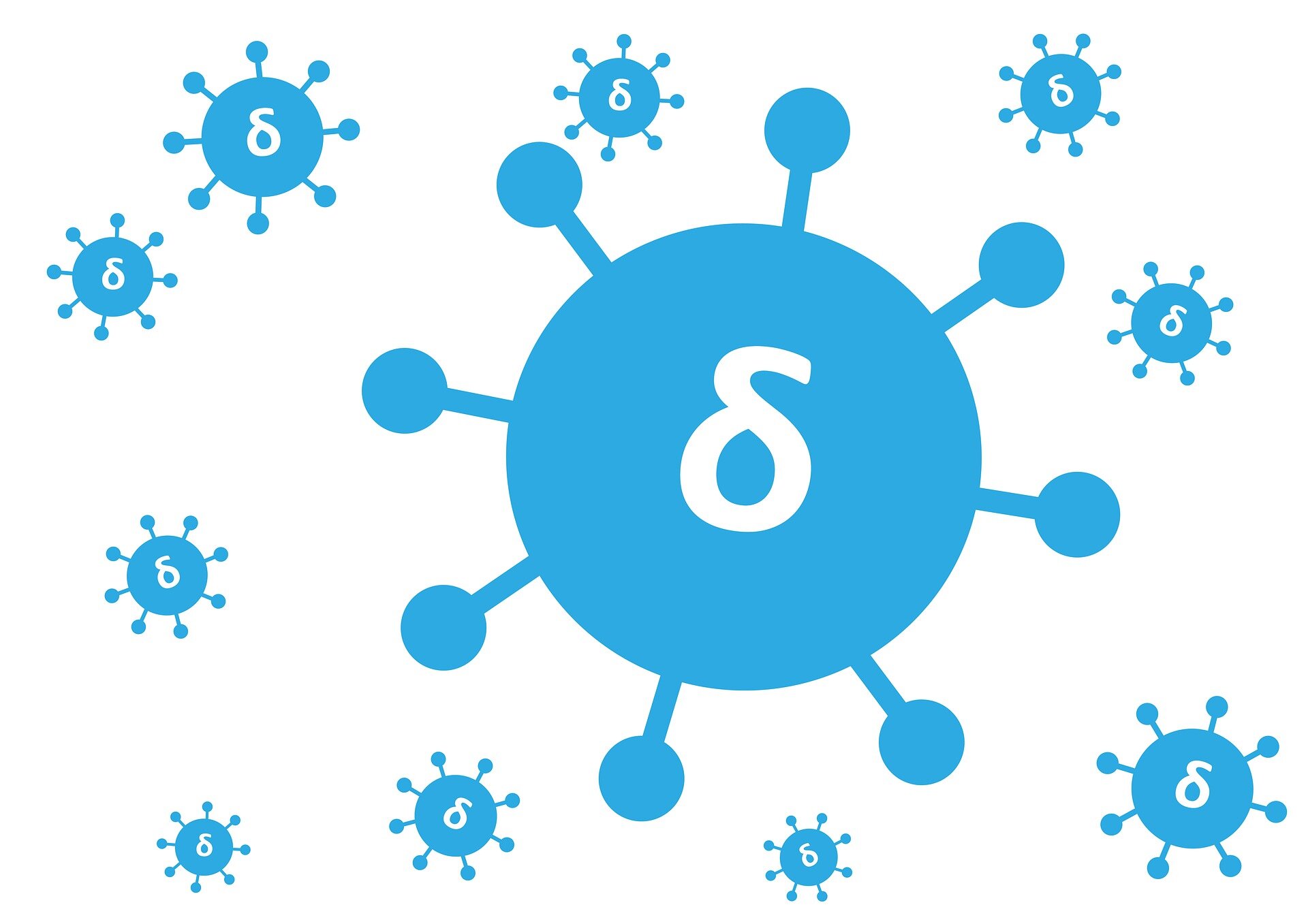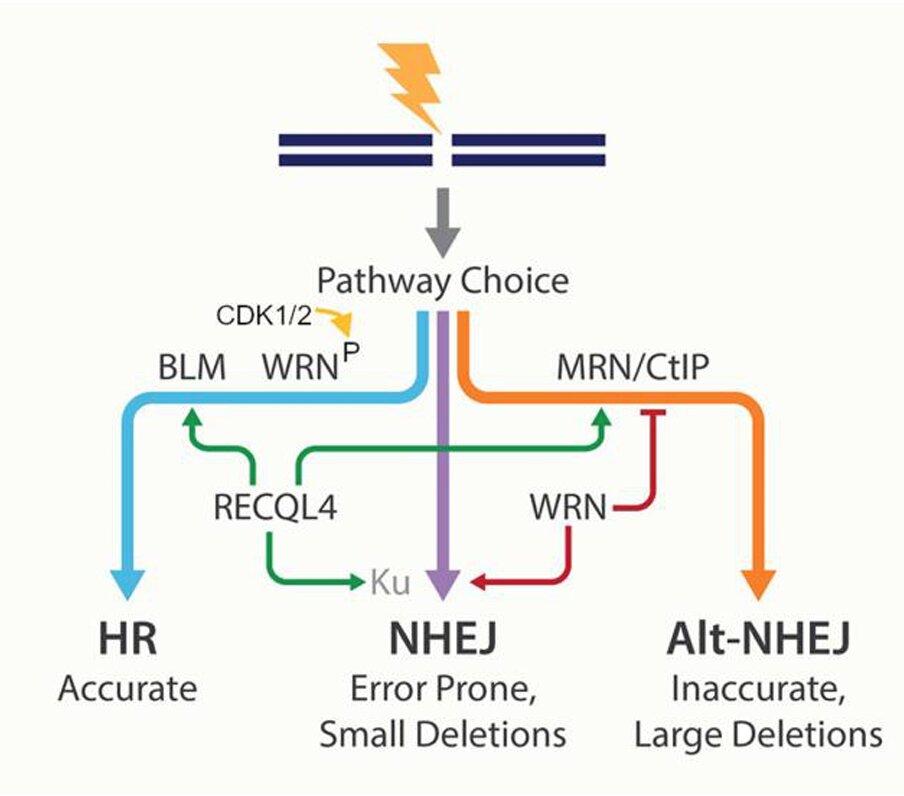#Defibrillators in GP clinics should be standard

“#Defibrillators in GP clinics should be standard”

People who suffer a cardiac arrest while in a GP clinic are twice as likely to survive if they are promptly defibrillated with an automated external defibrillator rather than waiting to be defibrillated after paramedics arrive, according to the authors of research published today by the Medical Journal of Australia.
More than 25,000 out-of-hospital cardiac arrests are recorded in Australia each year; the mean survival rate to hospital discharge or 30 days is 12 percent.
“To effectively manage a patient experiencing a cardiac arrest, clinic staff must immediately undertake the initial steps in the ‘chain of survival’: call,000, provide cardiopulmonary resuscitation, and perform defibrillation with an automated external defibrillator (AED),” wrote the authors, led by Brian Haskins, a paramedic Lecturer at Monash University.
“Although clinic administrative staff must undertake cardiopulmonary resuscitation training every 3 years, accreditation by the Royal Australian College of General Practitioners does not require general practices to have onsite AEDs.”
Haskins and colleagues analysis data from the Victorian Ambulance Cardiac Arrest Registry looking for patients who had non-traumatic cardiac arrests who emergency medical services staff attempted to resuscitate, between 1 January 2000 and 30 December 2019. They found 6363 cases of cardiac arrest: 216 in general practice clinics (3.4 percent) and 6147 witnessed by paramedics (96.6 percent).
“The proportion of general practice clinic cases in which defibrillation was provided in the clinic increased from 2 of 37 in 2000–2003 (5 percent) to 19 of 57 patients in 2016–2019 (33 percent),” they reported.
“Survival increased from 7 of 37 (19 percent) to 23 of 57 patients (40 percent).
“For patients with initial shockable rhythms, 57 of 126 patients in clinic cases (45 percent) and 1221 of 1929 people in paramedic-witnessed cases (63.3 percent) survived to hospital discharge; of 47 general practice patients defibrillated by clinic staff, 27 survived (57 percent).
“For patients with initial shockable rhythms, the odds of survival were greater following paramedic-witnessed events [adjusted odds ratio [aOR], 3.39) or general clinic arrests with defibrillation by clinic staff (aOR, 2.23) than for general practice clinic arrests in which arriving paramedics provided defibrillation.”
Haskins and colleagues called for the AEDs to be made standard equipment in general practice clinics to enable prompt defibrillation when required.
Citizen responder CPR and defibrillation programs may improve survival and outcomes from cardiac arrests
Brian Haskins et al, Cardiac arrests in general practice clinics or witnessed by emergency medical services: a 20‐year retrospective study, Medical Journal of Australia (2021). DOI: 10.5694/mja2.51139
Citation:
Defibrillators in GP clinics should be standard (2021, July 5)
retrieved 5 July 2021
from https://medicalxpress.com/news/2021-07-defibrillators-gp-clinics-standard.html
This document is subject to copyright. Apart from any fair dealing for the purpose of private study or research, no
part may be reproduced without the written permission. The content is provided for information purposes only.
If you liked the article, do not forget to share it with your friends. Follow us on Google News too, click on the star and choose us from your favorites.
For forums sites go to Forum.BuradaBiliyorum.Com
If you want to read more Like this articles, you can visit our Science category.




